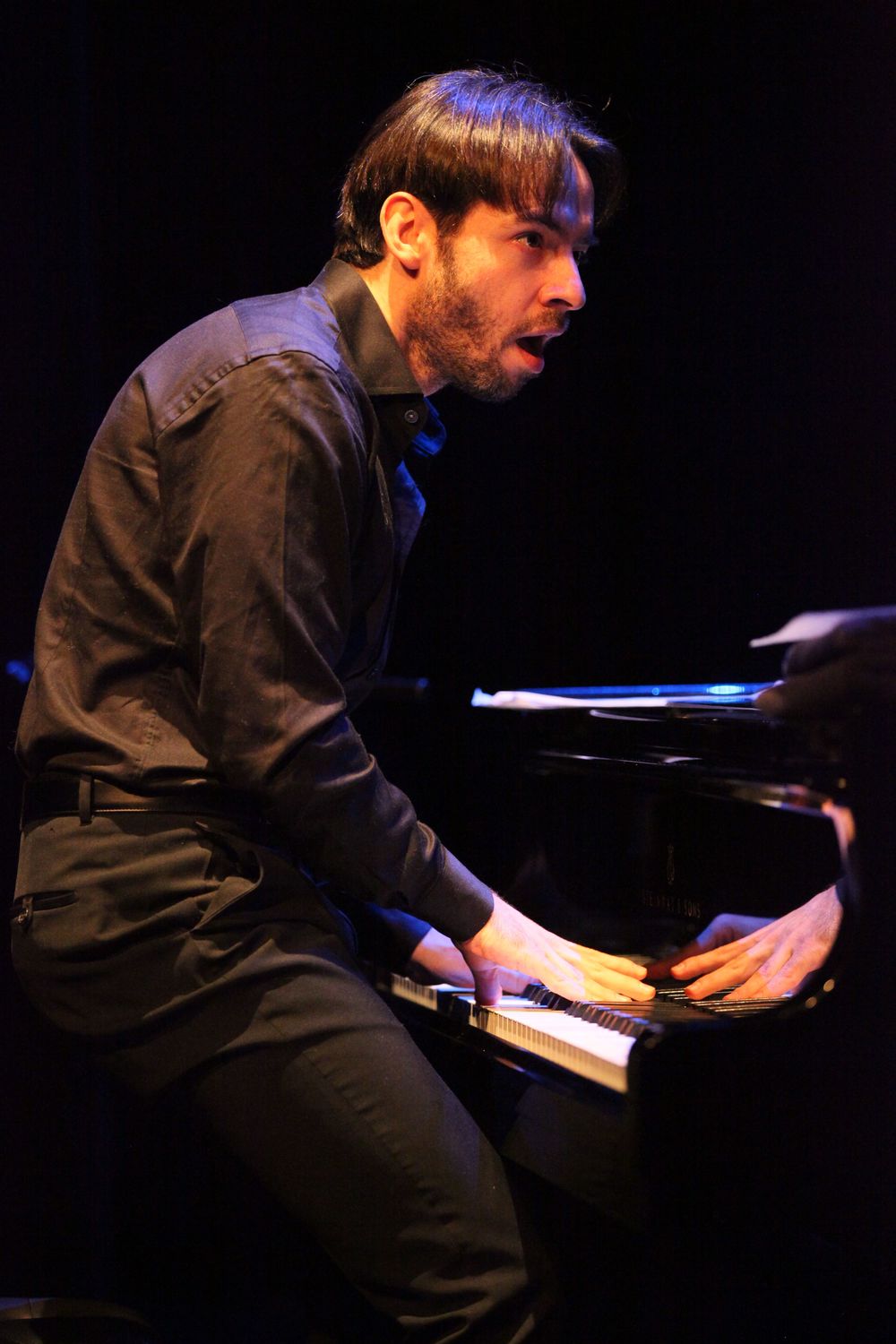Vadim Neselovskyi, a Ukrainian-born pianist (pronounced va-DEEM-ness-el-OHV ski), was classically trained in Germany and Ukraine at conservatories. He also studied jazz on German stages and at Berklee College of Music and completed his apprenticeship in the United States as part of Gary Burton’s Next Generation Quintet. Burton called Neselovskyi “truly genius” and the renowned German music magazine “Chopinof the jazz piano”. Neselovskyi draws on all those experiences in his debut solo CD, Music for September. The album is an elegant and lyrical collection, equal parts jazz session and classical recital. It is a deeply personal expression of the pianist’s life, while still sounding fresh and inspired. Neselovskyi states that a musician playing alone on the piano is an environment that has been around for 200 years. “Liszt did this, Chopin did that, Rachmaninov and Scriabin – I find that it is very interesting to basically carry on that same tradition but to also use all of the new jazz and songbook standard by the likes Freddie Hubbard and Rodgers and Hart. Music for September has a consistent autumnal mood that is reminiscent of the change of seasons, the bold colors and chill of a fall morning. Neselovskyi says, “I went into a studio, closed my eyes, and tried to imagine different aspects of September.” “Light rain and sunny walks in a park are all that I can think of. “I was trying to channel the lyricism from the early fall and not worry too much about notes.” It didn’t hurt that Fred Hersch was the producer. Hersch has been a constant supporter and source for encouragement for Neselovskyi over the past few years. He essentially served as the one-man audience during an in-studio performance. Music for September was a collection of material that Neselovskyi developed over many years of solo concerts. These experiences were crucial in helping him to focus his music-making approach. He was a self-confessed perfectionist and recorded each concert and studied every detail. He says, “It’s easy to play a lot of notes just to fill the space because it’s me on the stage.” “But gig after gig, I discovered that my best moments are when I let silence happen. It was fascinating to find a place where I could relax and allow time to happen, instead of trying to fill it with music. “I finally decided to go into the studio because it was calm enough to record solo albums.” Neselovskyi, who is a composer first and foremost, included some of his own compositions on the album. “Spring Song” as well as “San Felio”, were originally recorded on Neselovskyi’s debut album, Spring Song. The latter was also recorded by Daniel Gauthier in a classical version, which won him an ECHO Classical award. It was a challenge for him to recreate a full band sound on his piano. He is also averse to standard settings. For example, he played “Birdlike”, the head of Freddie Hubbard, with his left hand. This highlighted his two-hand independence, similar to the way he transposed a Bach two-part invention in a bebop context. from http://jazzgazeta.blox.pl/
